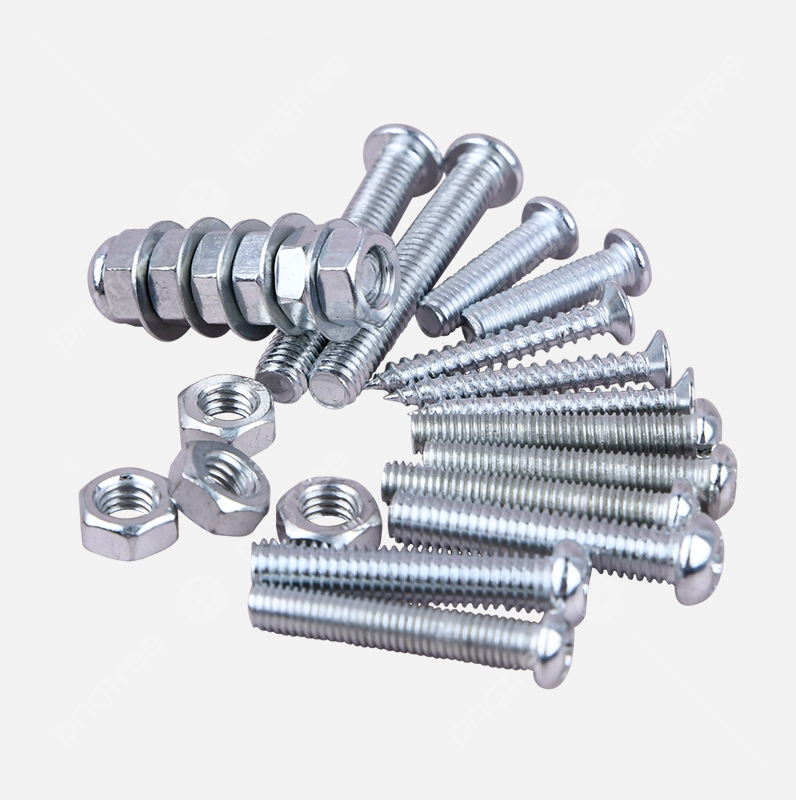foundation bolt sizes
Understanding Foundation Bolt Sizes A Comprehensive Guide
Foundation bolts play a crucial role in the integrity of structural systems, particularly in anchoring machinery, equipment, and pre-engineered buildings to their concrete foundations. Choosing the correct size and specification of foundation bolts is essential for ensuring that a structure remains stable under various loads and environmental conditions. In this article, we will delve into the importance of foundation bolt sizes, the various types available, and how to determine the right size for your construction needs.
The Importance of Foundation Bolt Sizes
Foundation bolts, also known as anchor bolts, are designed to withstand tension and shear forces, making them critical for the safety and longevity of a structure. Selecting the right size is vital for several reasons
1. Load Support The size of the bolt determines how much weight it can support. A bolt that is too small may fail under load, leading to structural damage or collapse.
2. Shear Resistance Different applications may require bolts to resist shear forces. The size and grade of the bolt must be considered to ensure it can handle the shear stresses imposed on it.
3. Environmental Factors Factors like corrosion, temperature fluctuations, and moisture can affect bolt performance. Size and material must account for these environmental conditions.
4. Building Codes Local and international building codes often dictate specific requirements for foundation bolts. Compliance with these regulations is crucial for both safety and legal reasons.
Types of Foundation Bolts
The market offers a variety of foundation bolts, each suited for different applications
1. L-Bolts These have a hooked end that secures them against the concrete. Commonly used in steel structures, they provide strong anchoring points.
2. J-Bolts Characteristically shaped like a J, these bolts are utilized in situations where the lower end can be embedded in concrete, allowing for effective load distribution.
foundation bolt sizes

3. Straight Bolts These are simply cylindrical and can be anchored in various ways, typically used when flexibility in positioning is required.
4. Sleeve Anchors and Expansion Bolts These anchors are set into pre-drilled holes in concrete and are expandable once installed, providing a secure hold.
5. U-Bolts Shaped like a U, these bolts are often used in applications where a double anchor is needed, such as securing pipes or rods.
Determining the Right Bolt Size
Choosing the correct size of foundation bolt involves several considerations
1. Load Calculations Understanding the loads that the structure will support is essential. This includes dead loads (permanent static loads) and live loads (temporary variable loads). Structural engineers typically provide these calculations.
2. Concrete Strength The compressive strength of the concrete is vital in determining the bolt's size and type. Higher strength concrete can accommodate larger or more substantial loading bolts.
3. Embedment Depth The depth to which the bolt will be embedded affects its overall strength. A deeper embedment generally provides better load resistance.
4. Measuring Thread Size Foundation bolts come in various diameters, usually measured in inches or millimeters. Common sizes range from 1/2 inch to 2 inches in diameter. It’s important to consider thread specifications, as they influence the bolt’s grip.
5. Material Selection Foundation bolts are made from various materials, including steel, stainless steel, and galvanized finishes. The environmental context will often dictate the appropriate material choice to prevent rust and corrosion.
Conclusion
Foundation bolt sizes are a critical aspect of construction that can significantly affect the safety and durability of a structure. By understanding the different types of bolts available and the factors that influence size selection, engineers, architects, and builders can make informed decisions that lead to safe, reliable construction. Always consult with a structural engineer or materials specialist to ensure compliance with local codes and standards while optimizing load-bearing capabilities. Ultimately, the right foundation bolt will not only meet engineering specifications but will also provide peace of mind in the longevity and stability of a building.
-
Weatherproof Plastic Expansion Anchors for OutdoorNewsJun.06,2025
-
Sustainability in the Supply Chain: Eco-Friendly TEK Screws ProductionNewsJun.06,2025
-
Load-Bearing Capacity of External Insulation FixingsNewsJun.06,2025
-
Double Head Bolts: Enhancing Efficiency in Industrial MachineryNewsJun.06,2025
-
Corrosion Resistance in Chipboard Screws: Coatings for Wholesale DurabilityNewsJun.06,2025
-
Butterfly Toggle Bolts : Enhancing Structural ResilienceNewsJun.06,2025
